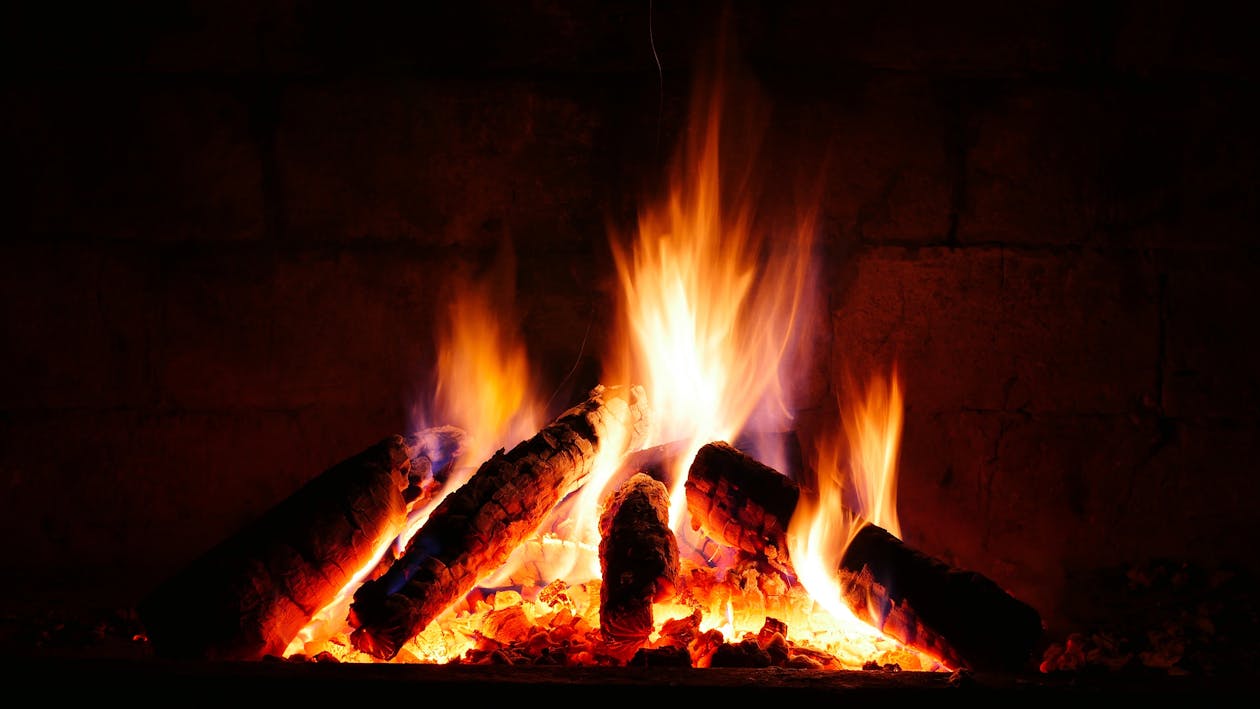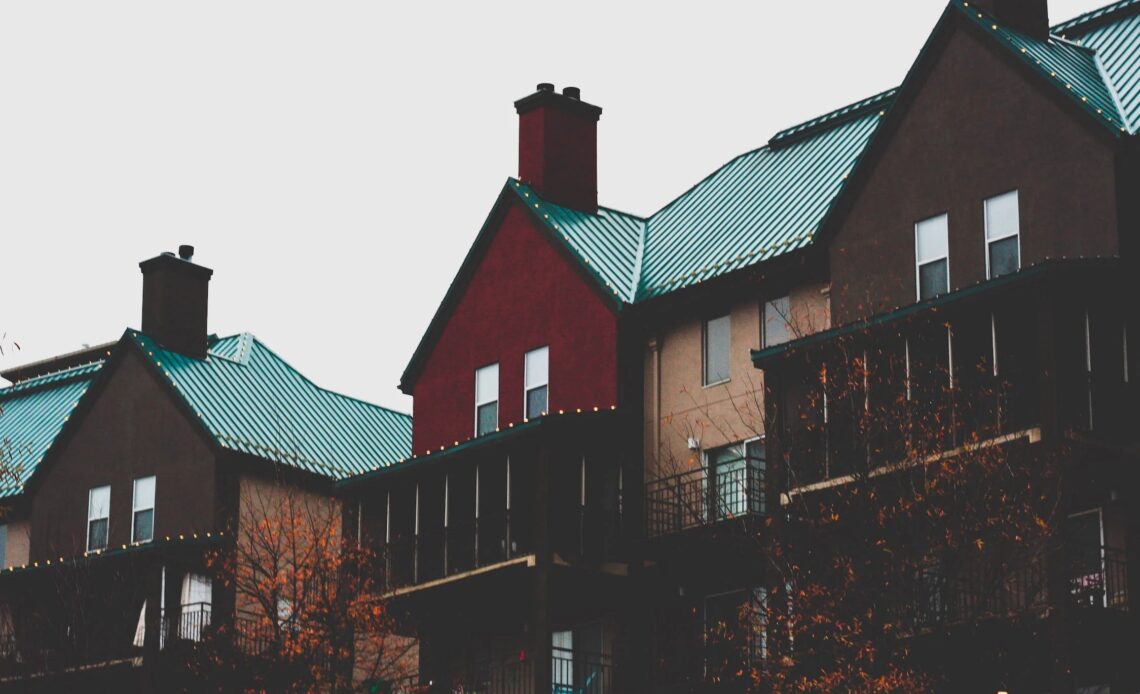When it comes to maintaining a safe and efficient fireplace or heating system, chimney liners play a vital role. Chimney liners are protective barriers that line the chimney’s interior, providing several benefits that enhance safety and efficiency. In this blog, we will explore the importance of chimney liners when you’re planning a chimney repair, their role in preventing hazards, improving energy efficiency, and the different types of liners available. By understanding the significance of chimney liners, homeowners can make informed decisions to ensure their chimneys’ longevity and optimal performance.
File Name: Chimney-Roofs
Alt-Text: Dark-colored houses with chimneys on their roofs
Protecting Against Combustion Byproducts
Chimney liners act as a barrier between the hot combustion gases and the structure of your home. When fuel is burned, byproducts like carbon monoxide, acids, and moisture are produced. These byproducts can damage the chimney structure over time, leading to costly chimney repairs. Your chimney may even collapse because of this. A chimney liner acts as a protective layer, preventing direct contact between the gases and the chimney walls.
Furthermore, aproperly installed chimney liner helps prevent the penetration of dangerous gases, such as carbon monoxide, into your living spaces. Carbon monoxide is a colorless and odorless gas that can be deadly when inhaled in high concentrations. The liner acts as a safeguard, directing these harmful gases safely out of your home.
Minimizing Fire Hazards
Chimney fires are a significant concern for homeowners. When creosote, a flammable substance, builds up on the chimney walls, it becomes a potential fire hazard. A chimney liner reduces the risk of fires by providing a smooth, non-combustible surface that prevents creosote from adhering to the walls. Additionally, the liner helps to contain any potential fires that do occur, preventing them from spreading to the rest of the structure.

Improving Energy Efficiency
A properly functioning chimney liner can greatly improve the energy efficiency of your heating system. When a chimney is unlined or has a damaged liner, it can lead to drafts, heat loss, and inefficient combustion. Chimney repair experts believe that these issues result in higher energy consumption and increased heating costs.
By installing a chimney liner, you create a properly sized flue, which improves the draft and allows for efficient airflow. This, in turn, helps the fire burn more effectively, reducing heat loss and increasing the overall energy efficiency of your heating system. A well-insulated liner can also help retain heat within the chimney, preventing excess heat from escaping and warming the surrounding masonry.

Choosing the Right Chimney Liner
There are several types of chimney liners available, and selecting the appropriate one depends on the specific requirements of your heating system. The three primary types of chimney liners are:
· Clay Tile Liners
These liners are commonly used in masonry chimneys. They are durable, affordable, and resistant to heat and corrosion. Clay tile liners provide excellent protection against high heat but may require occasional maintenance due to cracking or deterioration.
· Stainless Steel Liners
Stainless steel liners are flexible, making them suitable for both masonry and metal chimneys. They are highly durable and offer excellent resistance to heat and corrosion. Stainless steel liners are often used in retrofitting existing chimneys or when the chimney needs to accommodate multiple appliances.
· Cast-in-Place Liners
This liner type involves a cement-like material being poured and formed inside the existing chimney. Chimney repair technicians use cast-in-place liners to create a seamless, insulated liner ideal for chimneys with irregular shapes or extensive damage.

Things to Keep in Mind for a Chimney Liner Installation
- Ensure that the installation adheres to the specific requirements and regulations set forth by your local building codes.
- Choose a chimney liner that is appropriately sized for your specific fireplace or appliance.
- Select a chimney liner material that is suitable for your particular application.
- You may need to insulate the chimney liner as it helps maintain optimal flue gas temperatures and improves draft efficiency.Top of Form
If you’re looking for experts in CT who can do a fantastic job at chimney repairs, chimney cleaning, or chimney sweeping, reach out to Creative Masonry and Chimney at your earliest. They also provide fireplace remodeling services CT and masonry services CT such as stone veneers and patio installations at market-competitive prices.

